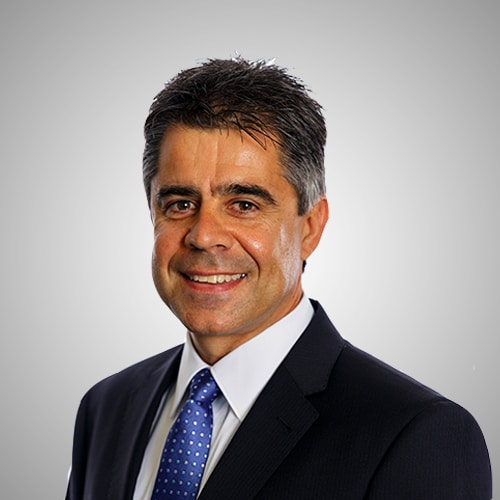- News articles
First published in the Financial Review on 8 September 2021
Recent ATO changes mean big tax penalties when you provide services to your DIY fund but don’t charge in full.
For self-managed super fund trustees who offer their fund professional or trade services, reading the latest Australian Taxation Office ruling on non-arm’s length expenditure (NALE) is critical as there are changes to the non-arm’s length income (NALI) rules established in 2019.
Although the ATO’s ruling does provide several examples where trustees provide a service to their fund for no charge without triggering NALE, the underlying policy rationale of these rules is to ensure all SMSF transactions occur on arm’s length terms. For those who transgress, the tax penalties can be significant.
The ruling makes an important distinction between activities and services you provide your SMSF in a trustee capacity and activities and services you provide in a different capacity. In short, services you provide your SMSF which can only be provided by a trained and licensed professional, or where you have used the resources of your business in a material and frequent way, are not considered services provided in your trustee capacity.
For these types of services, the ruling says you must charge your fund a commercial arm’s length fee or treat the fund income which has a sufficient connection to the fee that has not been charged (or been charged but not on arm’s length terms) as NALI.
In some cases, this could result in some or all the fund income being taxed at 45 per cent instead of the concessional rates of tax superannuation enjoys.
How does this ATO ruling work? Helpfully, the tax office has provided several examples of where NALE has and has not been activated. Take Trang, for example, a plumber who is trustee of her sole-member SMSF that has two investment properties leased at commercial rental rates.
After work, Trang stops at one investment property to connect a stand-alone water filter provided by the tenant. She uses her tools to complete the installation, performing this work as trustee. She does not charge the SMSF for the work. In this instance, using her tools is considered minor, infrequent or irregular, so NALE doesn’t apply.
Trustees should remember that if their SMSF acquires an asset on non-arm’s length terms, that asset will be forever tainted in the fund.
At the second rental property, Trang renovates the bathroom and kitchen, using her tools and an apprentice’s labour. Again, Trang does not charge the SMSF for this work.
But in this instance, Trang’s use of her tools will not be considered minor, infrequent or irregular. Failure to charge the SMSF for these services is a non-arm’s length dealing between the SMSF and Trang. As such, there is sufficient connection between the NALE and the rental income, which therefore becomes NALI, as is any capital gain.
Jean is a licensed electrician and trustee of a sole-member SMSF that owns a residential property leased at a commercial rental rate. He does electrical work on the property that can only be done by a licensed electrician, charging his SMSF the commercial rate. Accordingly, NALE will not apply.
Financial adviser Levi is the trustee of his sole-member SMSF. At home, Levi does the bookwork and occasionally makes online investments for his SMSF using computer and office equipment supplied by the business. He performs these activities as trustee of his SMSF and does not charge the fund for this work. Because use of the computer and office equipment at home is minor and incidental in its nature, NALE will not apply.
Sharon, a licensed real estate agent, is a director of the corporate trustee of a sole-member SMSF. The fund holds a residential property leased at a commercial rental rate, and Sharon provides property management services to the SMSF, using the equipment and assets of her real estate firm that does not have a staff discount policy. She charges the SMSF 50 per cent of the market price for her services.
One sure way to avoid NALE
At this price it constitutes a non-arm’s length dealing between the SMSF, the real estate firm and Sharon, resulting in the SMSF incurring expenditure that was less than if those parties were dealing with each other at arm’s length. As such, there is sufficient connection between the non-arm’s length expenditure and the rental income derived from the residential property, so the rental income will therefore be NALI and taxed at 45 per cent.
Importantly in this example, it will only be NALI for the income years the non-arm’s length dealing remains in place. If in a subsequent income year, Sharon’s SMSF incurs an arm’s length expense for the property management services provided to her SMSF (assuming all other expenditure relating to the property is incurred on arm’s length terms), the rental income will not be NALI.
Finally, trustees should remember that if their SMSF acquires an asset on non-arm’s length terms (for example, an SMSF acquires a business premise from a related party and pays less than the market price, or the SMSF acquires a property by borrowing funds from a related party using a limited recourse borrowing arrangement on non-commercial terms), that asset will be forever tainted in the fund. This means all the rental income the fund receives from that asset will be taxed as NALI, as well as any capital gains when the fund sells the asset.
One sure way to avoid NALE – and the possibility of significant tax penalties – is to ensure all assets are acquired on arm’s length terms and all transactions with your SMSF occur on commercial arm’s length terms. Exceptions are activities and services you provide your SMSF and which you can clearly show have been provided in your capacity as a trustee.

Opinion piece written by
Peter Burgess, Deputy CEO / Director of Policy & Education,
SMSF Association



